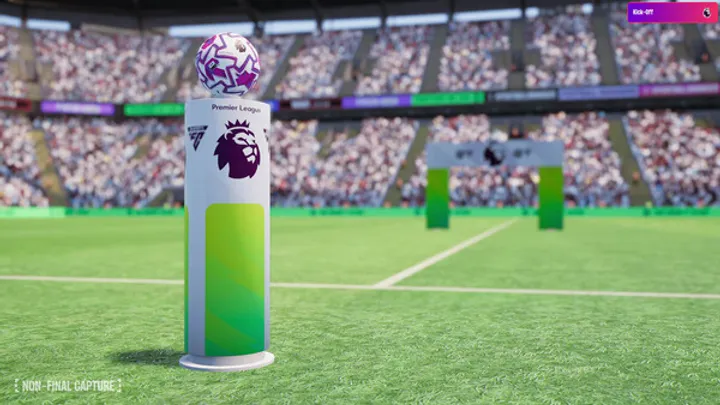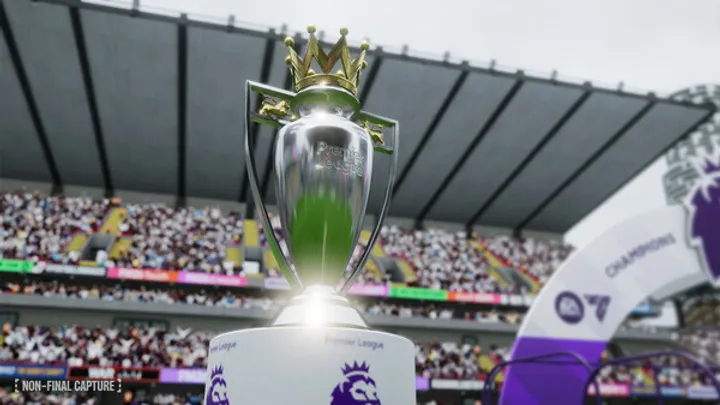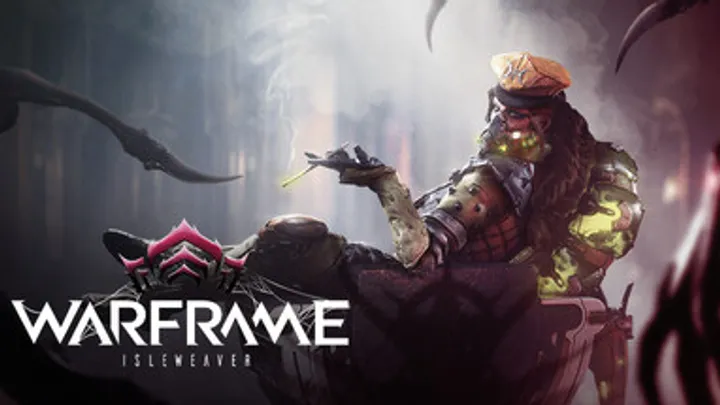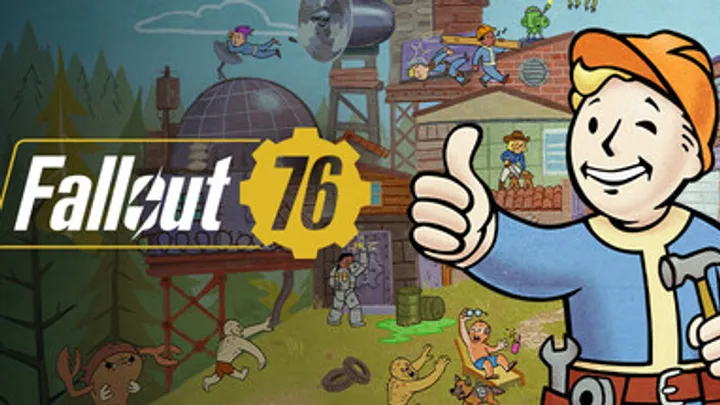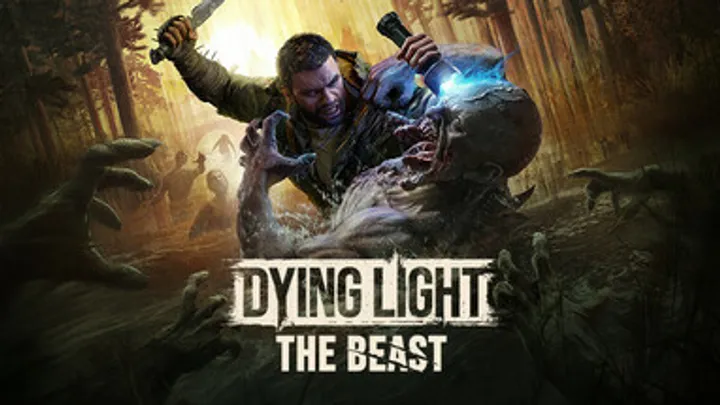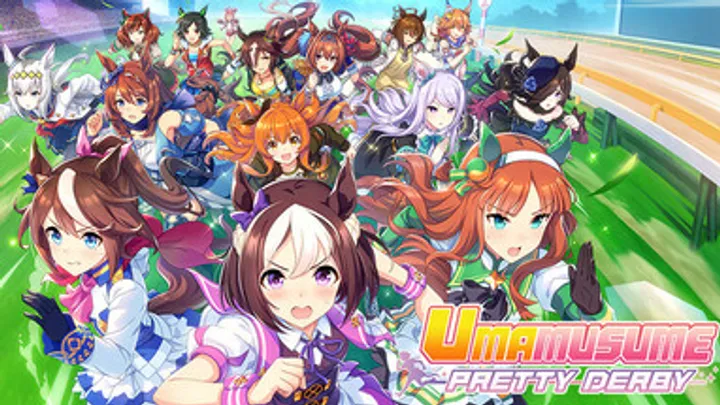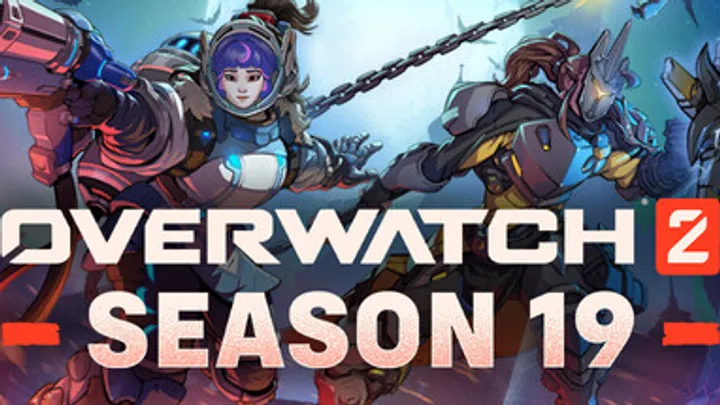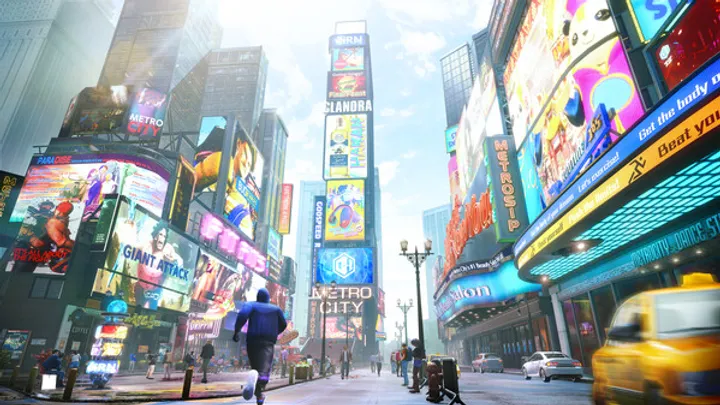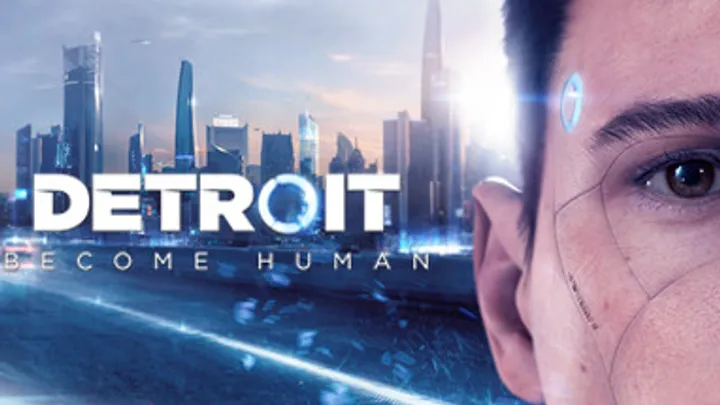For two decades, Dota 2 has been more than a game — it’s an evolving ecosystem of logic, chaos, and adaptation. Unlike most competitive titles, it never sits still. Valve’s patch cycle keeps the battlefield in constant flux, rebalancing power, rewriting rules, and testing the limits of both strategy and patience.
But the deeper issue isn’t whether patches make Dota better or worse. It’s about how change itself becomes the core mechanic of Dota 2. Every new update is both a promise and a threat — it refreshes the game for some, while erasing mastery for others. This dynamic defines Dota’s identity but also divides its community.
Let’s explore how the constant balancing act between innovation and stability has become Dota’s greatest strength — and its most dangerous addiction.
The Patch as a Weapon of Design
In most games, updates are maintenance. In Dota 2, they’re creative shockwaves. Valve’s patches don’t merely adjust numbers — they redefine how the game feels.
One patch can transform ranged heroes into bullies and the next can render them fragile. Items vanish or merge into new hybrids. Jungle layouts shift. Neutral creeps gain or lose abilities. It’s evolution as controlled chaos.
The developers’ philosophy seems clear: no meta should live long enough to become comfortable. The patch is a weapon against stagnation — and every player, from pub grinder to TI champion, is caught in its blast radius.
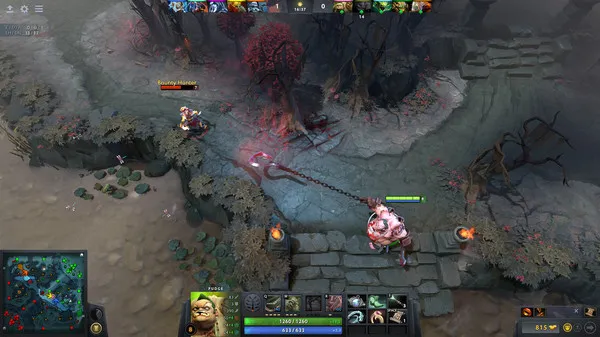
When Change Becomes the Constant
Dota’s design DNA is rooted in counterplay. Every hero, skill, and mechanic has a response — a way to be overcome. But when patches hit too frequently or too dramatically, counterplay becomes confusion.
Players invest hundreds of hours mastering one set of interactions, only for a single update to rewrite them overnight. The result? Dota’s skill ceiling remains high, but its consistency becomes unpredictable.
That unpredictability fuels both excitement and burnout. Some players thrive on rediscovery; others lose motivation when their hard-earned instincts become obsolete. It’s a paradox — Dota’s constant evolution keeps it alive, yet also perpetually unstable.
The Anatomy of a Meta Shift
Every major patch triggers a predictable pattern — a living, cyclical process in Dota’s ecosystem.
- Discovery Phase: Players test every hero, desperate to find the next “broken” strategy.
- Exploitation Phase: The community converges on a handful of dominant picks.
- Stagnation Phase: Matches become repetitive, defined by those few meta heroes.
- Rebellion Phase: Experimentation returns as players seek counters.
- Collapse and Renewal: A new patch resets everything.
This constant metamorphosis is thrilling but exhausting. Dota 2 isn’t just a game of reflexes and teamwork — it’s a game of endurance against volatility.
Patch 7.00 — The Day Dota Was Reborn
Few moments in Dota history define the power of a patch better than 7.00 — the so-called “Dota 3” update. It introduced talent trees, backpack slots, new HUD systems, map changes, and the shrine mechanic.
Veterans were stunned. Years of muscle memory were undone in a single night. It was exhilarating for some, heretical for others. Dota had evolved beyond recognition — and the community learned that no version of Dota is ever permanent.
The 7.00 patch marked the moment when players realized Valve wasn’t balancing for comfort. It was balancing for transformation.
Balance as Philosophy
Valve’s design ethos isn’t about fairness; it’s about interesting imbalance.
Every hero has a moment to shine and a moment to suffer. Some patches make Techies a tactical genius; others turn him into a meme. This intentional fluctuation sustains Dota’s cultural rhythm — the rise and fall of heroes mirrors the rise and fall of players themselves.
Rather than chase perfect balance, Valve cultivates a rotating imbalance that keeps the ecosystem dynamic. It’s messy, unpredictable, and completely unique in modern gaming.
Yet this philosophy carries a cost: those who master one meta are perpetually punished by the next.
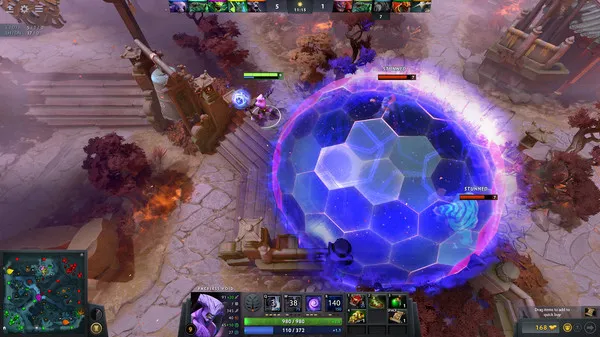
The Competitive Consequences
For professional players, patch volatility can feel like playing on shifting sand.
Teams spend months refining synergy and drafting philosophy — only for a patch to demolish their entire approach. A once-dominant carry might vanish from relevance overnight; a niche support becomes first-pick material.
In The International (TI) cycles, the timing of major patches often defines who wins. A team that adapts faster to the new landscape, even if less mechanically gifted, can topple giants. The best Dota 2 professionals aren’t just skilled — they’re scholars of chaos.
The Psychology of Relearning
Dota’s patch system doesn’t just reshape gameplay; it reshapes the mind of the player.
Each update challenges memory and intuition. Familiar combos no longer work, map routes shift, and power spikes arrive earlier or later. The brain must reboot.
For casual players, this cognitive reset can feel disorienting. For pros, it’s an art — a test of mental flexibility and adaptability. The Dota elite aren’t those who memorize, but those who unlearn fast.
Valve has effectively designed a game that rewards meta-evolution as much as mechanical skill — making the ability to forget as valuable as the ability to execute.
The Economy of Change
Behind every update lies another system of adaptation — the economy of content.
- New cosmetics surge in popularity after reworks.
- Buffed heroes appear in marketing materials.
- Streamers ride waves of attention based on patch hype.
Valve’s patch strategy fuels engagement. It creates social cycles — moments where everyone, from new players to analysts, is talking about the same discovery. Change isn’t just balance — it’s business.
And yet, the community’s emotional investment in these cycles runs deep. When a favorite hero gets nerfed, it’s not just numbers — it’s personal identity. In Dota, change hits the heart as much as the patch notes.
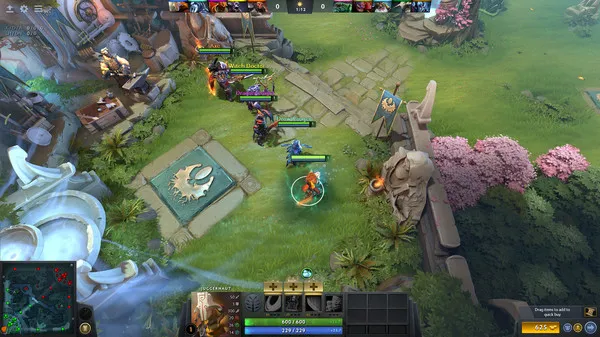
Community Division and Patch Identity
Dota’s community thrives on argument. Every patch splits opinion — some hail it as genius, others call it ruin.
This divide reveals a deeper truth: Dota’s identity is plural. For some, it’s a competitive sport. For others, a sandbox for experimentation. For others still, a nostalgic memory of a “perfect” version long gone.
Because every patch redefines the game’s core mechanics, every player is effectively playing a slightly different “Dota” in their mind. The result is a living game that never truly unites its audience — and maybe, that’s why it never dies.
The Eternal Meta
After two decades, Dota 2 has taught players a humbling lesson: there is no final meta, no ultimate balance. The only constant is change.
This endless cycle of renewal is both a curse and a masterpiece. It frustrates, exhausts, and inspires in equal measure. Players may rage at every nerf and buff, but they always return — because no other game makes mastery feel so temporary, and thus, so meaningful.
Dota 2’s true genius isn’t in its heroes, maps, or mechanics — it’s in the way it forces evolution upon its players. The patch is not the enemy; it’s the teacher.
Conclusion
In the end, Dota 2 isn’t a battle between heroes — it’s a battle between the player and the patch. Valve’s constant reshaping of the game ensures that no one ever truly “solves” Dota, preserving its mystery and intensity across generations.
Yes, the constant meta shifts can frustrate. Yes, balance sometimes feels like chaos. But within that chaos lies the heart of what makes Dota eternal: its ability to reinvent itself — and its players — over and over again.
To play Dota is to surrender to impermanence. And somehow, that’s what keeps it alive.








